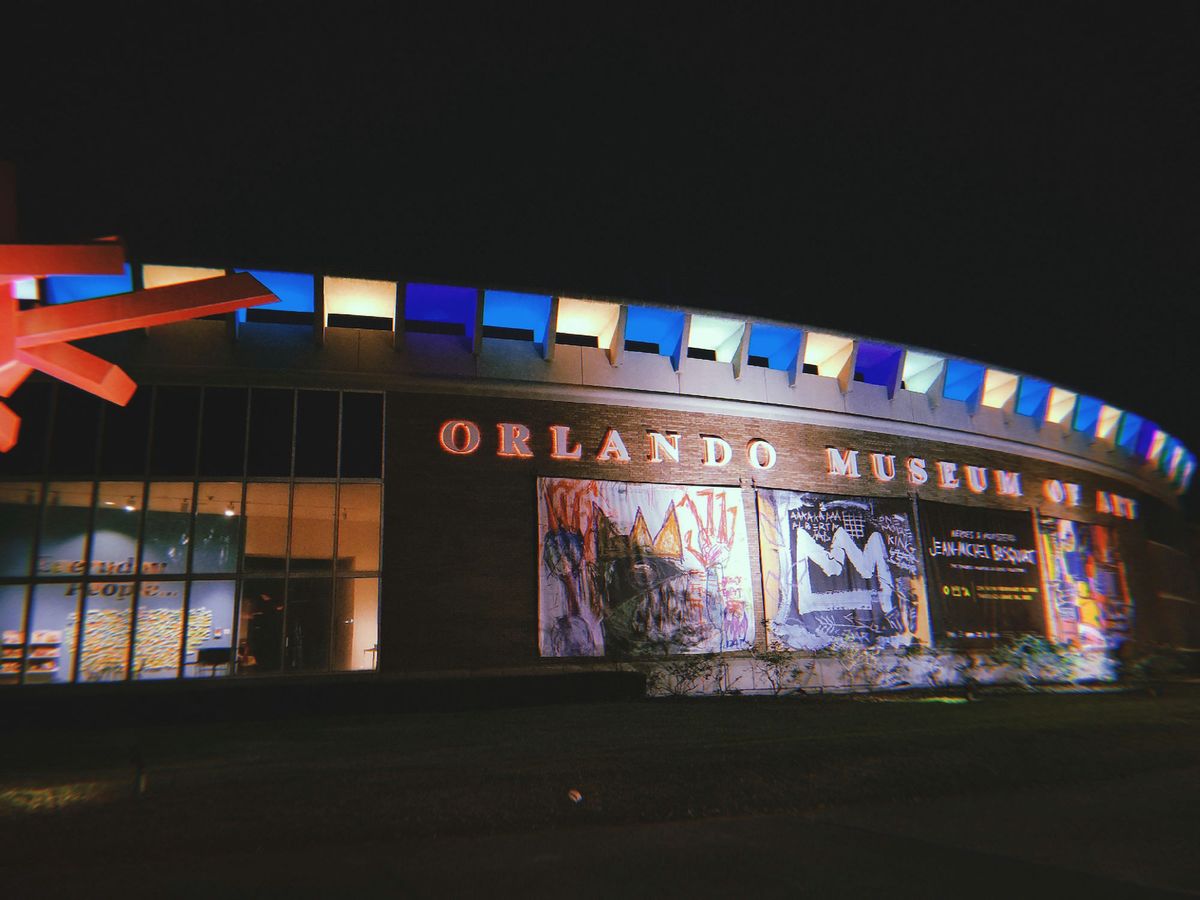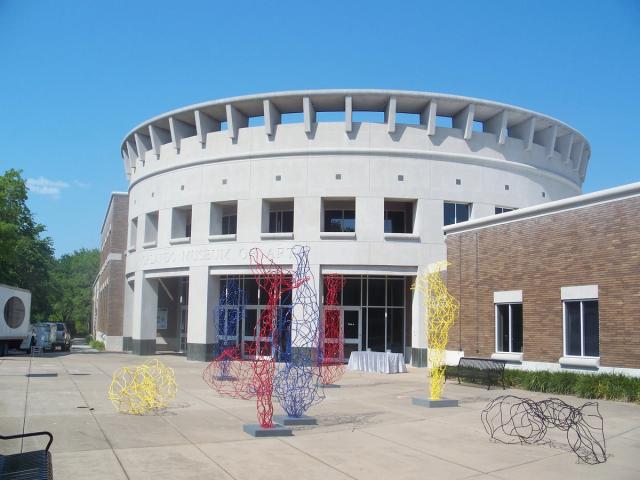The murky origins of the fake Jean-Michel Basquiat works that were seized by the Federal Bureau of Investigation (FBI) last June in a dramatic raid on the Orlando Museum of Art became much clearer on Tuesday (11 April), when court papers filed in Los Angeles revealed that the works were created by auctioneer Michael Barzman and an unnamed forger in 2012.
According to court papers filed by the US attorney’s office for the Central District of California, Barzman has agreed to plead guilty to lying to FBI agents about the paintings’ origins and admitted that he fabricated a bogus provenance for fake Basquiat works created by an accomplice identified only by the initials JF.
“JF spent a maximum of 30 minutes on each image and as little as five minutes on others, and then gave them to [Barzman] to sell on eBay,” the plea agreement states. “[Barzman] and JF agreed to split the money that they made from selling the fraudulent paintings. JF and [Barzman] created approximately 20-30 artworks by using various art materials to create colourful images on cardboard.”
At the time, Barzman ran an auction company that bought and sold the contents of storage units whose renters had fallen behind on or ceased payment. Prior to the FBI raid, the purported provenance of the works seized from the Orlando Museum of Art held that the screenwriter Thad Mumford had bought them directly from Basquiat in 1982; after Mumford fell behind on payments for his storage unit, its contents—Basquiats included—were sold at auction. Barzman has admitted that he fabricated the story about Mumford’s storage locker. Mumford died in 2018.
The works nevertheless made their way onto the market and, in February 2022, went on view at the Orlando Museum of Art in the exhibition Heroes & Monsters: Jean-Michel Basquiat, The Thaddeus Mumford, Jr. Venice Collection. But after doubts were raised about the works’ authenticity, the FBI raided the museum on 24 June 2022 and seized 25 pieces.
Later that summer, Barzman lied when he was questioned by the FBI. “At the time of the interview, [Barzman] knew that he and JF had created the paintings and that his statements to the contrary were untruthful,” the plea agreement states. In a subsequent interview, in October 2022, he admitted that the works’ provenance “was a lie”, but still denied any role in creating the works—even though his name appeared on a mailing label on the back of one of the seized paintings.
In Tuesday’s plea agreement, Barzman admitted that, “Most of the featured works had, in fact, been created by [him] and JF.” Making false statements to US government agents carries a maximum penalty of five years in federal prison.
The identity of the forger, JF, remains a mystery for now, though Barzman has agreed to surrender for a future, as yet unscheduled, court appearance and the FBI’s art crime team is continuing to investigate the case.
In the meantime, the fallout from the fiasco continues to be felt by the Orlando Museum of Art. In the immediate aftermath of the raid, the museum’s board fired director Aaron De Groft, citing concerns with the processes surrounding the exhibition and revelations of his “inappropriate email correspondence” with a scholar who had been asked to authenticate the Basquiat works. That scholar, University of Maryland professor Jordana Moore Saggese, subsequently stated that her assessment of the works was mischaracterised and that she had concluded only a fraction of them “may be” by Basquiat.
In the months following the raid, De Groft’s replacement, interim director Luder Whitlock, resigned shortly after he was appointed to the role and the museum’s board chair, Cynthia Brumback, was replaced. Earlier this year, the American Alliance of Museums placed the Orlando Museum of Art (a member of the industry group since 1971) on probation.



